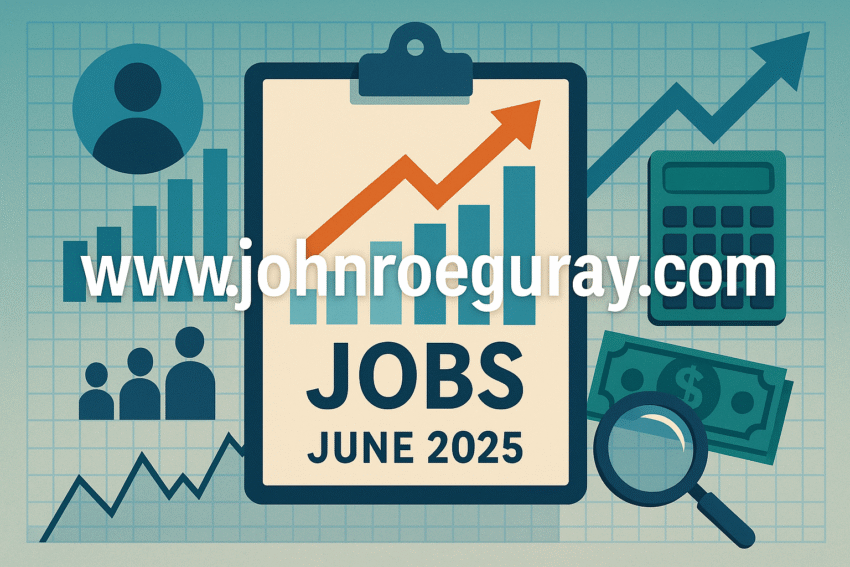The U.S. labor market added 147,000 jobs in June 2025, nudging the unemployment rate down to 4.1%. While the figure may seem modest compared to past hiring surges, it’s a testament to the resilience and adaptability of key sectors—particularly tech, health care, and state governments—that continue to fuel employment even in an era of mixed economic signals.
Who’s Hiring—and Why It Matters
Tech Sector Rebounds
Despite the recent narrative of layoffs and consolidation, the tech industry showed signs of stabilization and adaptation. While some companies trimmed roles earlier this year, others expanded aggressively in areas such as AI infrastructure, cybersecurity, and cloud operations. Mid-sized and startup tech firms have stepped in to absorb talent and fuel innovation in the growing digital economy. June’s rebound in tech hiring reinforces the notion that while the nature of work is shifting, demand for digital skills remains strong.
Healthcare Keeps Expanding
The healthcare industry remains a pillar of consistent growth, driven by an aging population, post-pandemic care backlogs, and expanded behavioral health services. From nurses and home care aides to data analysts and medical coders, the sector has seen widespread demand for both clinical and non-clinical roles. Health systems and private practices alike are ramping up hiring to meet patient needs and streamline operations with new technologies.
State Governments Lead Public Hiring
Unlike federal agencies, state governments have increasingly ramped up their hiring to support education, transportation, social services, and digital transformation efforts. Many have recovered from pandemic-era budget cuts and are using surpluses or federal funds to bolster staffing, modernize public services, and deliver on infrastructure promises.
A Balancing Act in a Cooling Economy
The June report highlights a complex but encouraging trend: while private sector job growth is moderating, the overall economy is still creating jobs at a pace that reflects cautious optimism. The labor force participation rate held steady, signaling that workers haven’t been discouraged despite uncertainty.
However, wage growth continues to slow, which may help curb inflation but also tempers consumer spending power. Employers are hiring, but with greater scrutiny on skills, long-term value, and flexibility.
What It Means for Job Seekers and Employers
For job seekers, the message is clear: upskilling, especially in digital, health, and government-related competencies, will remain essential. Flexible workers with cross-sector experience are likely to find more opportunities than those focused on narrow roles.
For employers, June’s data offers a window to recalibrate workforce strategies—balancing cost management with the urgent need for talent in competitive sectors. Employer branding, hybrid work models, and inclusive talent pipelines will differentiate organizations that can continue to attract top talent in an evolving market.
Navigating the Road Ahead
While June’s job gains aren’t explosive, they are steady, purposeful, and largely driven by sectors aligned with America’s future—technology, health, and infrastructure. It’s a story of measured resilience, not runaway recovery. The real opportunity lies in adapting to these shifts and investing in the workforce needed to thrive in the new economy.


